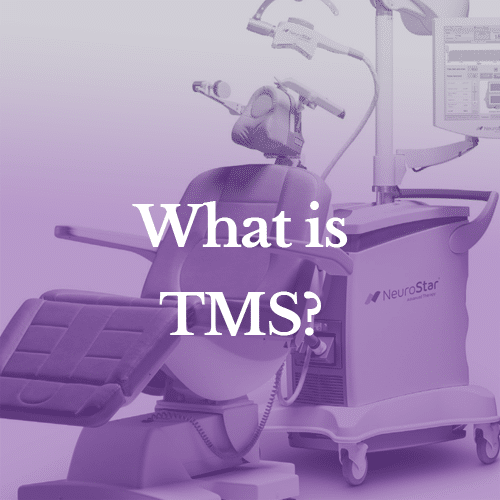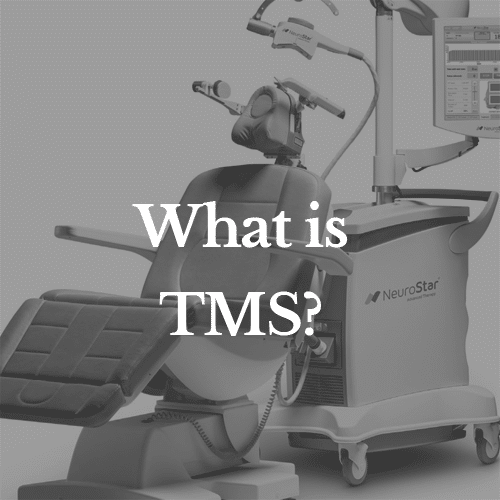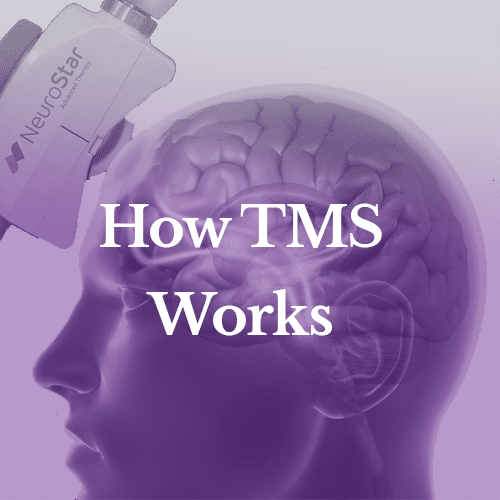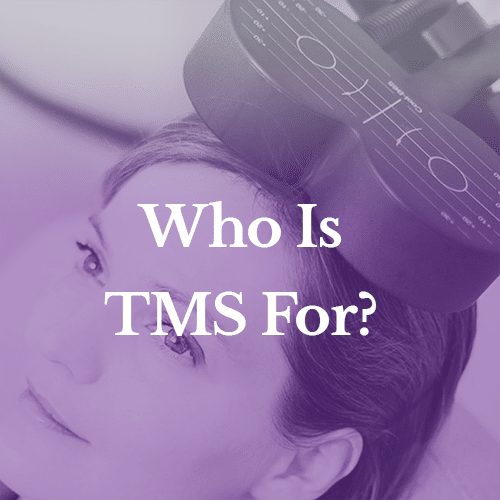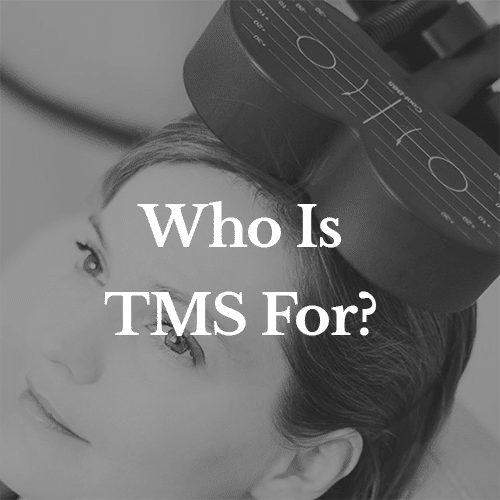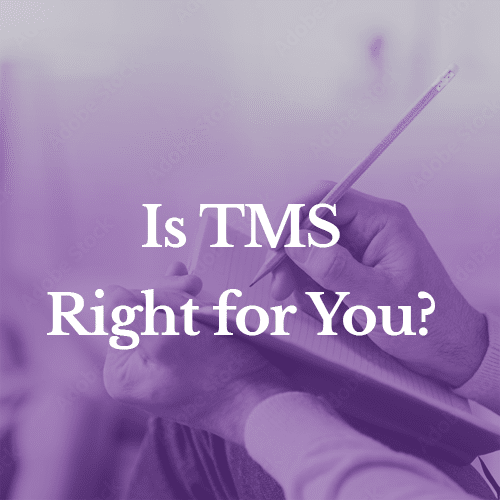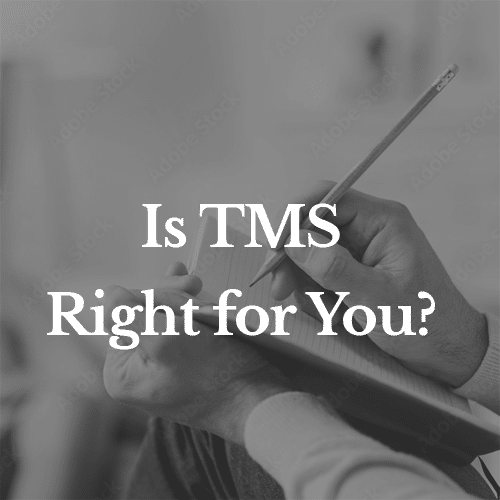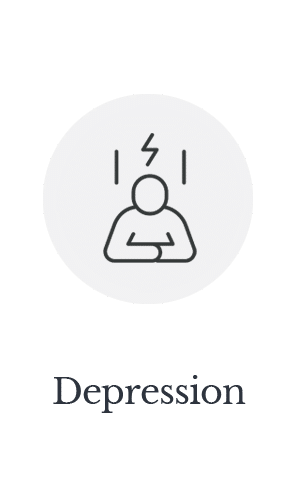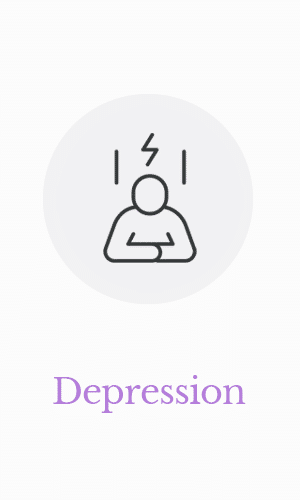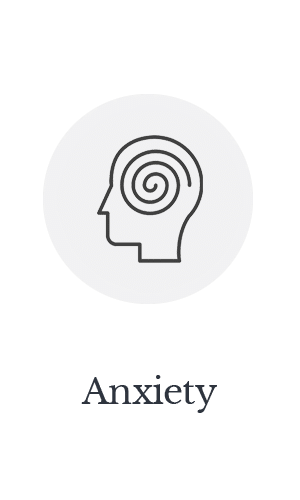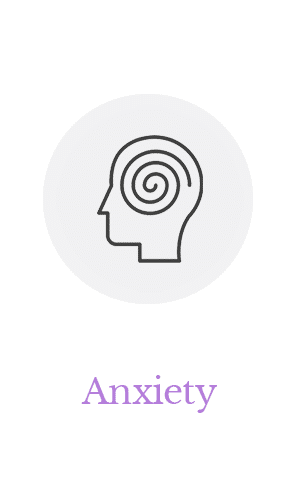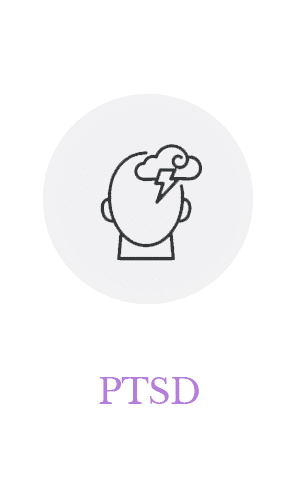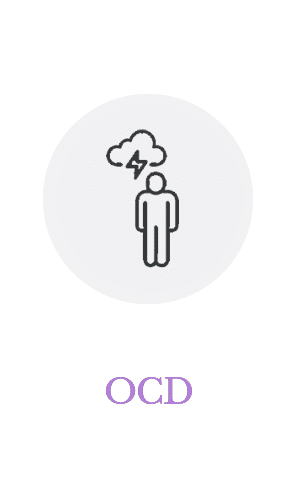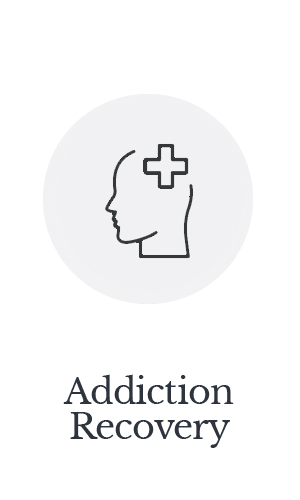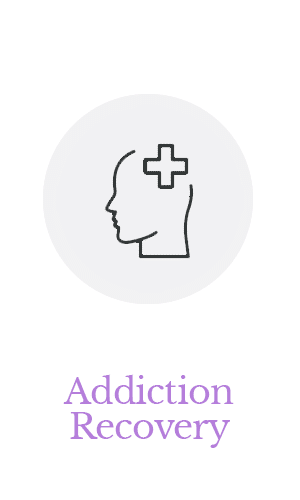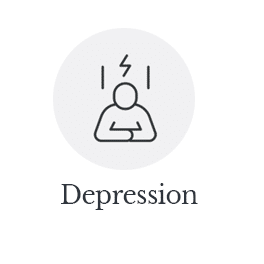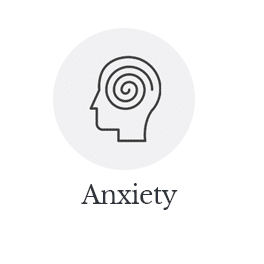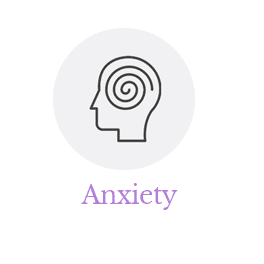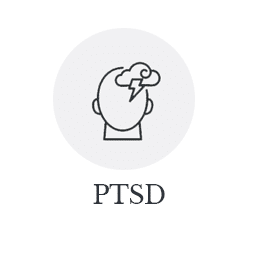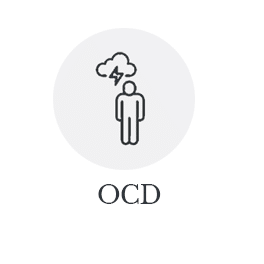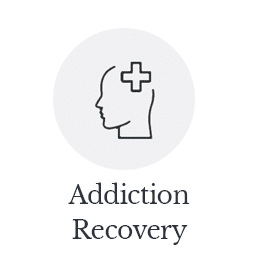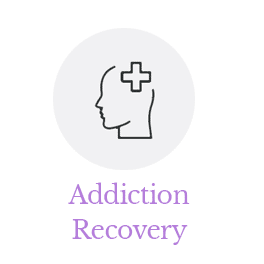More than 22 million people in the United States have been affected by PTSD. Fortunately, there are ways to help.
If you or a family member have experienced symptoms of PTSD, you are not alone. Everyone from active military members to veterans to healthcare workers report PTSD symptoms.
Evidence shows that a 3,000-year-old method can help treat PTSD, even without medication. Here is a breakdown of mindfulness works and how it can help you or a family member suffering from PTSD.
What Is Mindfulness?
Mindfulness is the state of being aware and present without judgment. While the mindfulness definition sounds simple, the practice takes some training to be done effectively. Luckily almost anyone can learn mindfulness.
Many people struggle with mindfulness and meditation because they think their minds must be completely clear of thoughts. The more they concentrate on not having any thoughts, the more the thoughts rush in. This can be a bit frustrating.
However, mindfulness just requires that you acknowledge whatever thoughts or feelings you have to direct them to the present. Most people find this to be a more straightforward technique to learn.
The acknowledgment process should be done without judgment. In mindfulness, you’ll acknowledge the feelings or sensations that come with the thought and not judge yourself for those feelings.
If an unpleasant memory comes to mind when meditating, acknowledge the thought and the ensuing feelings to come. Be present and do not criticize yourself for thinking of negative memories.
This type of mental training has the power to heal several ailments. Many people who have experienced stress, anxiety, and burnout have turned to mindfulness. It also has been proven to assist in healing from PTSD and addiction.
What Is PTSD?
PTSD, short for post-traumatic stress disorder, affects people around the world. This condition occurs when someone experiences a terrifying event. People’s minds are resilient, but sometimes the mental fallout of an event like this is unavoidable.
PTSD symptoms can include anxiety, loss of sleep, flashbacks, and a declining mood. If these and other symptoms continue for an extended period after the traumatic event, PTSD is the likely source.
Many of the people who suffer from PTSD also wind up facing addiction as well.
For those feeling PTSD symptoms, it may seem like suppressing memories or negative thoughts will make them go away. Or they might feel helpless when it comes to healing their minds and bodies.
Facing your fears to heal is intimidating. It becomes a little less intimidating you understand how many people with PTSD have been able to heal themselves through mindfulness.
What Effect Does Mindfulness Have on PTSD?
Study after study has shown that mindfulness connects mental and physical healing. One study examined people who had lived with PTSD for over ten years. Many of them had tried other treatments in the past with no luck.
After trying mindfulness-based cognitive therapy, patients saw significant decreases in symptoms like numbing and self-blame.
Another program based on mindfulness helped veterans with PTSD focus on self-compassion. This treatment helped the veterans improve their moods and decrease anxiety. Symptoms like depression and dizziness also improved with treatment.
Mindfulness can help people who are battling addiction too. One study added a mindfulness practice to a twelve-step program. Those who participated were less likely to experience substance abuse at later follow-ups.
Each study that Dr. Keerthy Sunder examined showed the power of mindfulness in improving the mental and physical well-being of PTSD patients.
Ways to Practice Mindfulness
There are two ways to achieve mindfulness through meditation can generally be done. One method focuses on the body and the other through the mind.
Examples of body mindfulness include:
- Tai Chi
- Yoga
- Qigong
Alternately, practicing mindfulness using only the mind can be done through any of the following:
- Mantra meditation
- Mindfulness meditation
- Body scan meditation
The effects of these techniques overlap, so choosing which is right for you may come down to personal preference. Each technique has different steps, so start first with the easiest one for you.
You can also try combining techniques. Each of these techniques will help you to develop a sense of focused concentration.
Focused concentration will help you obtain mindfulness. These mindfulness exercises develop a relaxation response in your body to battle the opposing stress responses.
This has been proven when observing physical effects and also when observing what happens in the brain.
The Neuroscience
Dr. Keerthy Sunder also examined studies regarding brain activity and how mindfulness affects it. For instance, the activity of the left-anterior brain correlates with positive feelings and a healthy immune system.
Various imaging and screening methods of brain activity have narrowed down the areas affected by depression and addiction. One study indicated that PET scans of people who use cocaine showed increased dopamine associated with use.
The neuroscience behind mindfulness shows that it improves brain structural functionality. Different types of meditation cause different types of brain activity.
The brain activity associated with meditation improves the areas associated with PTSD and addiction. Mindfulness can physically heal the brain.
Using Mindfulness to Soothe PTSD
PTSD afflicts many people. If you or a family member has symptoms like anxiety, depression, or addiction, you don’t need to fight them alone. Using mindfulness to treat these symptoms is a good start.
Everyone deserves a happy and healthy life. Contact us to discuss treatment options that will work for you. We will tirelessly work with you until you are feeling better!

